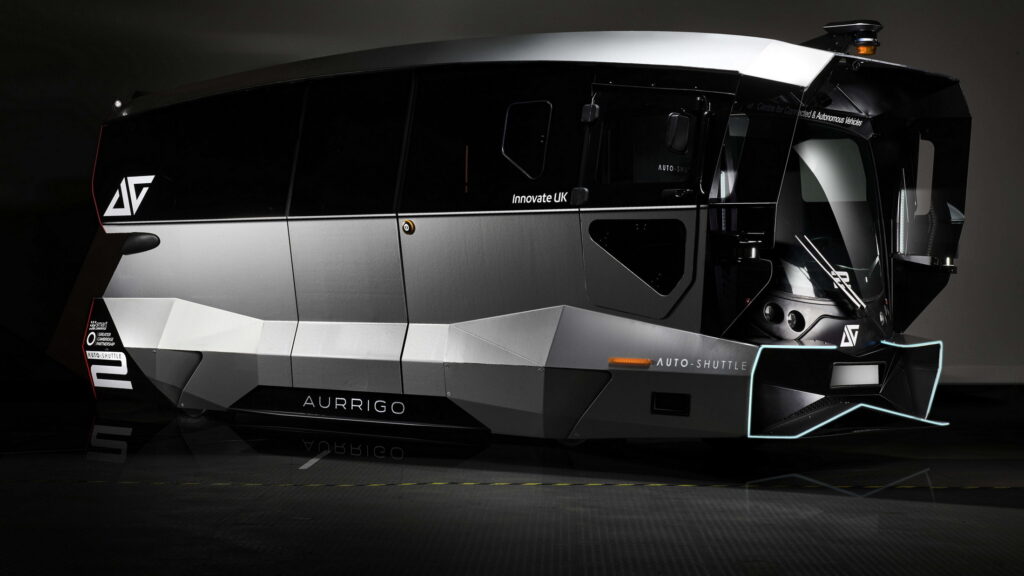The Aurrigo Auto-Shuttle autonomous bus is now testing in the Czech Republic and the UK, and the company plans to remove the human operator in the near future
5 hours ago
 –>
–> 
–>
Aurrigo, based in the U.K., has unveiled its Auto-Shuttle as the designated autonomous vehicle for the Living Lab for Autonomous Electric Vehicles project. This initiative aims to assess the potential of driverless public transit in Europe.
At first, the Auto-Shuttles will have a human operator inside of them to take over in case an error occurs. However, Aurrigo soon plans to remove the human operators and replace them with a remote supervisor, who is not physically in the bus, but can still take over in case things go wrong. With that, it hopes to get riders used to using a bus with no driver, while the fully autonomous technology is developed.
“Cities face challenges such as reducing emissions, improving the safety and mobility of cyclists or pedestrians, increasing quality of life for citizens. Driverless shuttles or pods can be a game changer for cities as they address many of these challenges,” said Bani Anvari, a professor at University College London, which is working with Aurrigo on this project.
advertisement scroll to continue
“LivingLAPT will deliver sustainable driverless shuttle and logistics services among various European cities by phasing out the need for safety drivers in shuttles & moving towards remote operators who overlook a number of services simultaneously.”
Read: Cruise Says Its Wheelchair Accessible Autonomous Vehicle Could Be On The Road By 2024
[embedded content]
Aurrigo is working with the Living Lab for Autonomous Electric Vehicles, which is funded by the European Union, and this project is being led by University College of London. The manufacturer’s Auto-Shuttle vehicles are now running in Prague and Brno, in the Czech Republic, as well as in Milton Keynes, U.K.
“This is the first Auto-Shuttle deployment in mainland Europe for Aurrigo, and we are delighted to be working with such a prestigious group of partners to move towards this important step in autonomous public transport,” said David Keene, the CEO of Aurrigo.
“The medieval, cobbled streets of Prague built before cars or buses were dreamt of are in stark contrast to the modern roads of Milton Keynes, which shows the importance of testing in multiple cities,” he added.
The Auto-Shuttle relies on LiDAR technology, as well as cameras and Aurrigo’s in-house developed software to provide a clear, consistent picture of the world around it. The company says that it is working with a robust safety framework in order to roll out its technology responsibly.
[embedded content]

